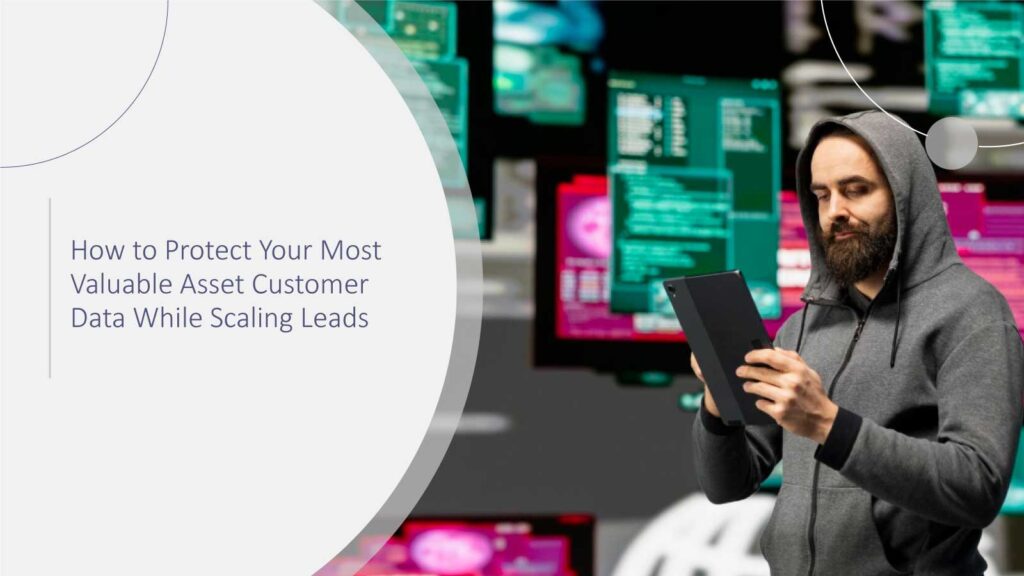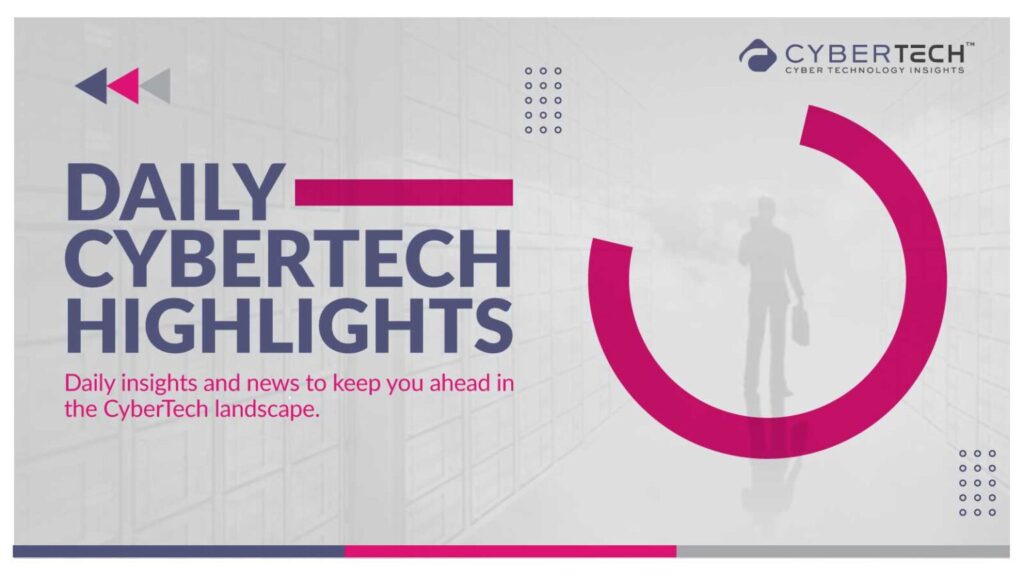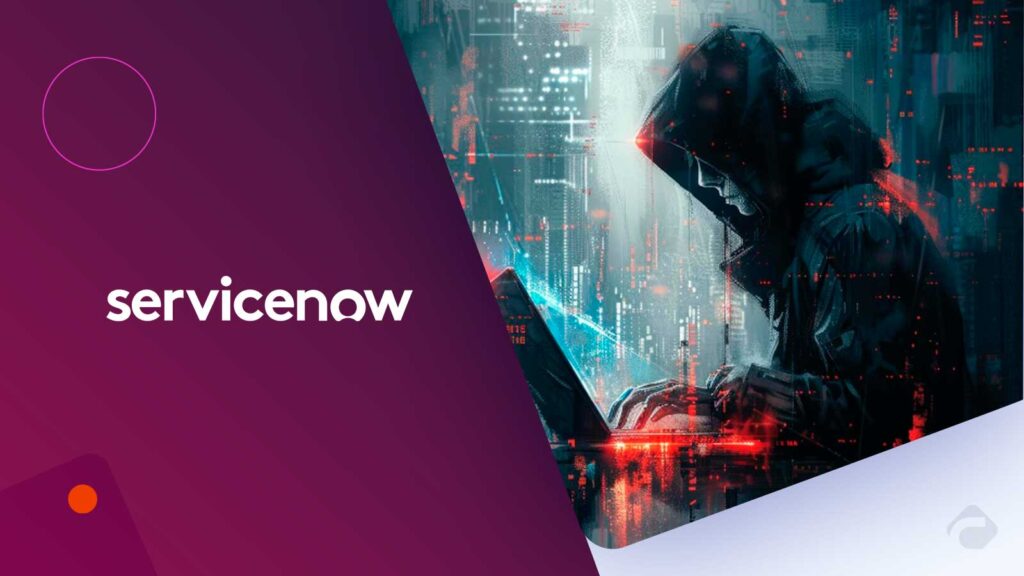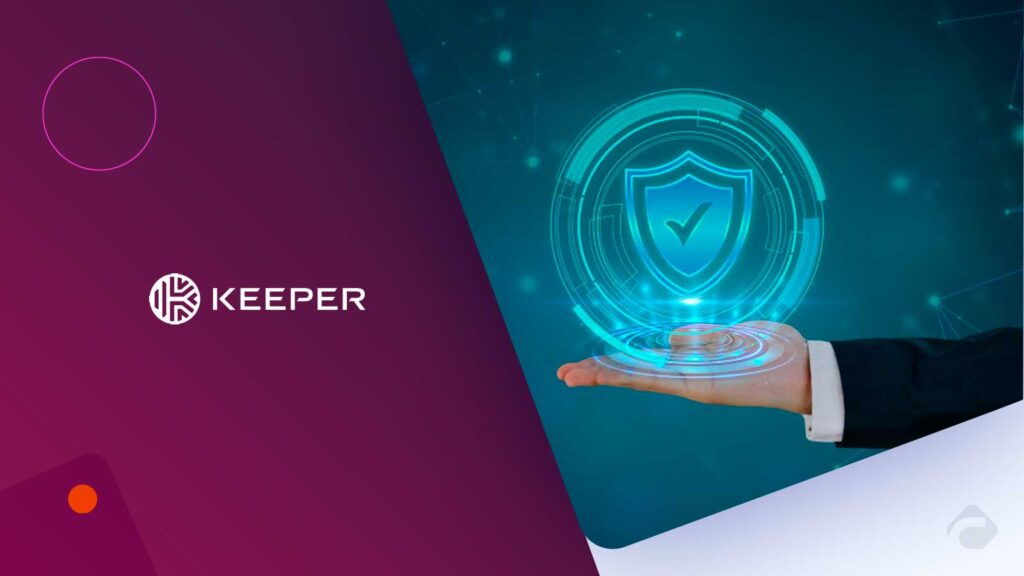The Tightrope Between Growth and Security
Customer data is the digital age’s oxygen for every company and can be seen as both a map and a compass. It keeps your marketing efforts moving forward, wins customers over through personalization, and at last, of course, generates profits.
Nevertheless, the moment firms desire to broaden their lead generation is the point at which you should be more cautious. The reason is that if the volume of the data you collect is larger, the risk factors will also be higher. Just one error committed can lessen the customer’s confidence in you, cause a regulatory inspection, or even get you mentioned in news articles, but only for the wrong reasons. According to Gartner, cyber risk is among the costliest enterprise risks, with average breach costs reaching around USD 8.64 million in recent years.
So, the issue is the ways these company leads can develop without dropping the safety factor. How can we securely protect the customer data that is considered our most valuable resource? We are here only to give you a simple illustration of the most practical ways, the most efficient methods, and the most insightful thoughts for the maintenance of the balance between progression and security.
Growing the leads in a slow manner is very exciting as it signals business development, more opportunities, and greater brand impact. But suppose you were asked to do this in the condition of a tightrope walk while juggling fire torches?
Customer data is one of the ways to model the additional data; here opens new doors for the company, but at the same time, they have to be considerate with their customers’ privacy. The solution is a turnover done more deliberately. What you need is a system that not only allows the process to be more efficient but also makes the collection process more effective.
One of the main characteristics of those companies that excessively lead the way without taking into account this pairing are in danger of being at the receiving end of the law’s punishment, and what is worse, simply not being able to keep the loyalty of their customer, which they took years to obtain.
Collect Only the Data You Truly Need
Quite a number of people are under the impression that the most important way to attain this target is to just collect tons of data. In a minute, you are forced to answer twenty questions about yourself: tell your email, phone number, what shops you visit, what you like to buy, and even your Twitter name. If the rule were that more data means better, then the above approach would have had some advantages. Unfortunately, that is not the case. The above approach does not show advantages; instead, it merely raises the risk unnecessarily.
Actionable Tips:
- Audit the Data You Have: Use only the most truthful sources of data for lead qualification and personalization.
- Reduce the Number of Fields in Your Forms: Get only the necessary information from your customers. A generally shorter form increases conversion rates at the same time and lowers your liability.
- Use Progressive Profiling: Don’t get all the data from the start; instead, encourage leads to get more aware of your brand as they keep on interacting with you.
Meanwhile, McKinsey research shows that over 90 % of consumers are concerned about online privacy, yet only around 33 % believe companies use their data responsibly, underscoring how selective data collection builds trust.
Example: HubSpot studies show that gradual profiling can increase the rate of form completion by up to 40% without over-collecting data.
What is more, by focusing only on the most critical items, you not only limit your data breach exposure but also promotional activities will still be very effective.
Invest in End-to-End Security Measures
Protecting data is surely not an event that is done once and then forgotten; it is a promise that should be kept over a period of time. Companies need to deliver their customers’ personal data with a multi-layered security approach that can provide protection against various types of cyber attacks.
Main Measures Are:
Encryption: Data encryption is necessary both for the time it is stored and when it is being transmitted. This way, even if the offenders of the crime manage to get hold of the data, they will not be able to make use of it.
Access Controls: The access to information rights should be very tightly limited only to such staff members or systems that absolutely require it. Multi-factor authentication can be used to add more security.
Regular Security Audits: Do security audits not only quarterly but also half-yearly, to identify and fix security loopholes that can lead to breaches.
Network Security: Firewalls, intrusion detection systems, and endpoint protection combined form a basic toolkit for preventing unauthorized access to the network.
Choose Third-Party Tools With Strong Compliance
The growth mostly depends on the additional use of third-party platforms for lead generation, analytics, or marketing automation. Third-party sellers are not as secure as you, which is why checking the third-party is so critical.
Concrete Steps:
Vendor Risk Assessment: Review the manufacturer’s security measures, certifications (e.g., ISO 27001, SOC 2), and breach history.
Data Processing Agreements: Develop a simple and short contract that describes how the vendor will deal with customer data and ensure legal compliance.
Continuous Monitoring: Monitor the current level of the vendor’s performance and security over time.
For instance, the trusted technology for generating leads, Salesforce, under the constant checks of the external security, is the best example. Besides that, it also issues safety compliance certificates, thus reassuring the security of the customer’s data. The choice to go with such vendors decreases the risk factor as well, and along with the highest security standards is maintained.
Anonymize, Mask, and Tokenize Data
On occasions, teams that are testing the market through A/B strategies or trend analysis are given access to confidential customer data. Data anonymizing or masking not only protects privacy but also facilitates data access for analysis purposes.
How to do This:
Data Masking: Masking data completely means that every sensitive piece of data is removed and replaced by fictional yet realistic data.
Tokenization: Replace the sensitive part of the data with a random string of characters generated by a token that cannot be reverse-engineered.
Aggregate Reporting: Anonymity can be maintained by displaying data in groups rather than at the individual level.
For instance, a financial services company that opted for marketing with the use of anonymized data managed to reduce its compliance incidents by 25% and still generate actionable insights.
Comply With Global Data Regulations
Data protection, in its core, is an appropriate example of a necessary practice that not only benefits the company but is also a requirement by law. Since regulations vary from place to place, compliance will always be different.
Major Regulations:
GDPR (EU): The Act forces companies collecting data to obtain the consent of users, and not only that, but it also gives users rights.
CCPA (California): The Act enables consumers to manage their data and also obliges companies to reveal their data collection methods.
HIPAA (US Healthcare): The act keeps individuals’ health data safe from unauthorized access.
Pro Tip: To be in line with the latest regulations, you must know about the changes in the company’s policy and also inform everyone about it. The companies that are on top of the regulations are the ones that value their customers the most, and thus they gain their trust back.
In a McKinsey survey, 64 % of senior marketers said they do not believe regulations will restrict their practices, yet over 90 % of consumers say they worry about privacy. That mismatch is a red flag.
Build a Culture of Data Security
Even the most advanced technologies cannot ensure 100% data security alone. Normally, employees are either the main agents of security or the major cause of the problem without intention.
Ways to Foster a Security-First Culture:
- Regular Training: Make phishing, social engineering, and password hygiene the topics of the employee training program.
- Clear Protocols: Create a daily staff routine updated version that clearly indicates the handling of this particular data.
- Recognition Programs: Give awards to those groups that achieve the minimum standards for the data protection best practices, and also win incentives for the bonuses they set out.
Example: Based on the 2023 IBM Security report, by revising the employee training program, the company is able to reduce the risk of data exposure due to employee mistakes by more than 60%.
Transparency Is Your Trust Strategy
Apart from feeling happy, customers also like being told the truth and having access to all information. When companies are honest about using data, it can help them to win users’ loyalty and, more importantly, to user engagement.
Ways to Be Transparent:
One of how transparently operating companies gain the trust of their customers is by developing and releasing data privacy policies written in simple and understandable language.
Moreover, the companies that are transparent in their communication would offer potential customers straightforward signup choices as well as the simple opt-out of services.
Also, being honest about data usage, notifications, or any other incident promptly can be listed as one of the aspects of the transparency process.
Example: Referring to a study, businesses characterized by openness regarding privacy policies enjoy 15% higher engagement of leads than those whose privacy policies are not clearly communicated.
Data Hygiene: Keep Your Database Clean
Once you start generating leads on a larger scale, your database may get filled with records that are obsolete, repeated, or incomplete. When hygiene procedures are bad, the organization will be exposed to the problem, and its effectiveness will also decline.
Data Cleaning Practices:
- Remove duplicates regularly.
- Validate email addresses and phone numbers.
- Archive or delete inactive leads.
- Standardize data formats for consistency.
Example: BigContacts discovered that companies that conduct data cleansing every month improve their lead conversion rate by 20% while at the same time significantly lowering storage risks.
Leveraging AI for Data Security
AI can facilitate the procedure of lead generation, as well as security, at the same time. The functions of AI systems are to:
- Spot an atypical access pattern to raise an alarm that a breach might have occurred.
- Point out the records that are out of date or unnecessary for the purpose of cleaning.
- Make the compliance reporting process more efficient, thus allowing faster auditing.
The inclusion of AI into the security strategy makes it easy to protect customer data without hampering growth.
Practical Checklist for Scaling Leads Securely
The following is a brief practical plan of action:
- Audit current data collection methods.
- Encrypt data at rest and in transit.
- Limit internal access and train employees.
- Vet third-party tools rigorously.
- Anonymize or mask sensitive information for testing.
- Update policies to comply with global regulations.
- Maintain transparent communication with customers.
- Regularly clean and validate your database.
- Leverage AI to enhance monitoring and compliance.
By doing all these activities, the company can experience growth without harming the level of the customers’ data integrity and trustworthiness.
Conclusion
It is not necessarily the case that a company can not grow its leads and, at the same time, keep customer data safe. On the contrary, those businesses that not only secure their everyday activities but also amplify their client base are the market’s winners. By implementing such a system that also takes security measures, solely using data responsibly, and being more open about your data, you evoke the loyalty of your customers, safeguard what is valuable to you, and, at the same time, pave the way for sustainable business growth.
More: Trust is the only factor that keeps customers’ faith in your business, and making sure that their personal data is always well protected with the most secure security solutions is the only way to achieve that. As a result, the customers will become your brand’s most trustworthy allies, and this will enable you to convert their trust into new leads and loyal followers.
FAQs
1. How can companies collect leads and, at the same time, be GDPR compliant?
One of the ways is to use consent forms that are comprehensible, not to collect more data than is necessary, and to provide a person with the opportunity to get access, make changes, or erase their data.
2. What is the role of encryption in a customer data protection system?
Encryption is the process that makes data unreadable to everybody, except the authorized party, even if the encrypted data is hijacked.
3. How often should organizations audit their data security protocols?
As a rule, those audits should be done at least four times a year, whereas organizations operating in the sensitive industry sectors may be asked to perform them every month.
4. What are some AI tools and techniques that a company may use to strengthen its customer data protection measures?
AI-driven solutions, such as Darktrace, Vectra AI, and Splunk, have the power to detect abnormal of the standards of behavior, to do auto-alerting, and to make regulatory reports that facilitate compliance.
5. What are businesses supposed to do to keep their customers’ trust when they are thinking of scaling a lead?
There is no way out but the brand going through the four elements of trust, i.e., Visibility, Privacy Policy, Security, and Communication, where the brand gets and retains customer trust.
For deeper insights on agentic AI governance, identity controls, and real‑world breach data, visit Cyber Tech Insights.
To participate in upcoming interviews, please reach out to our CyberTech Media Room at sudipto@intentamplify.com.







